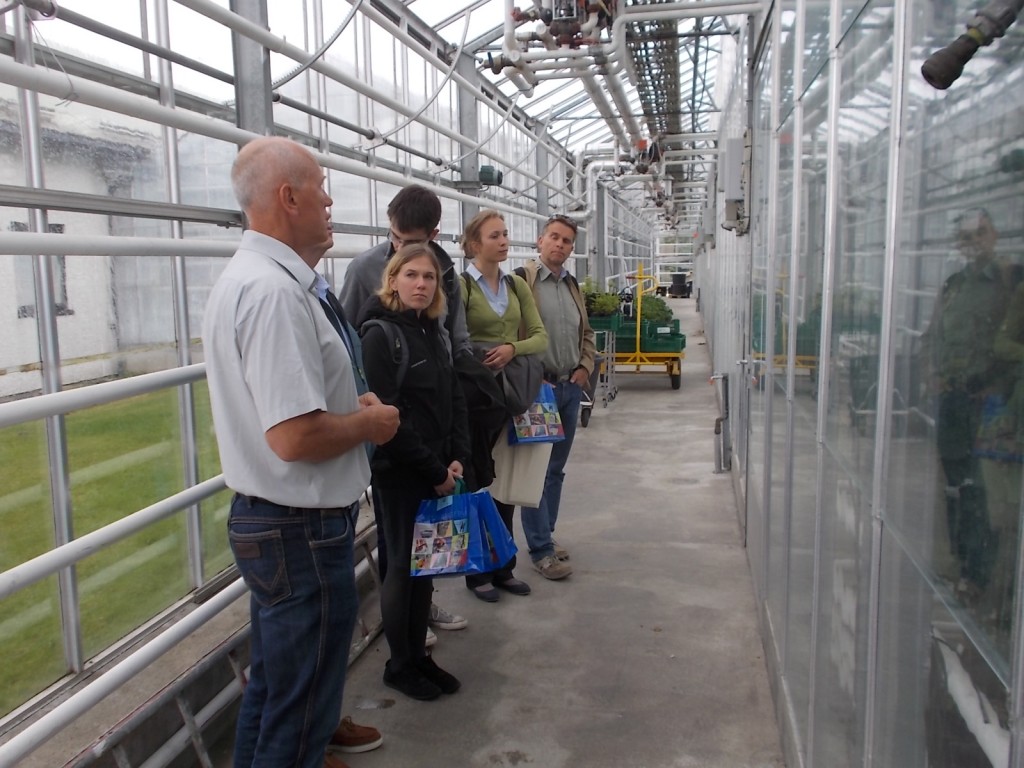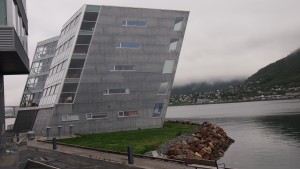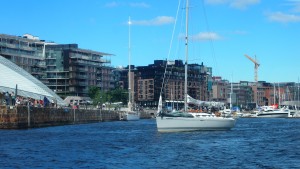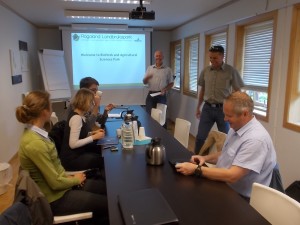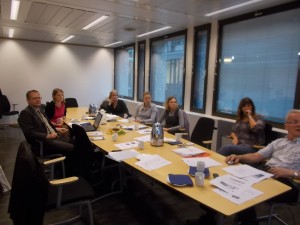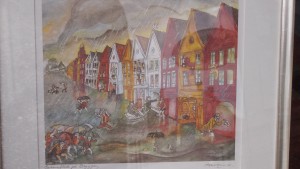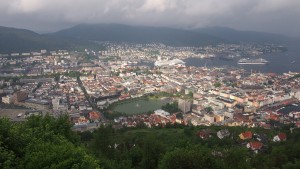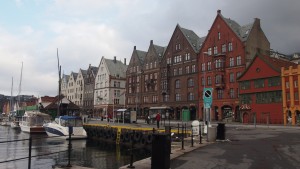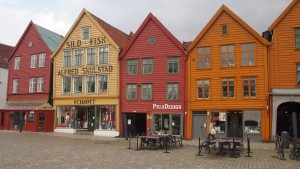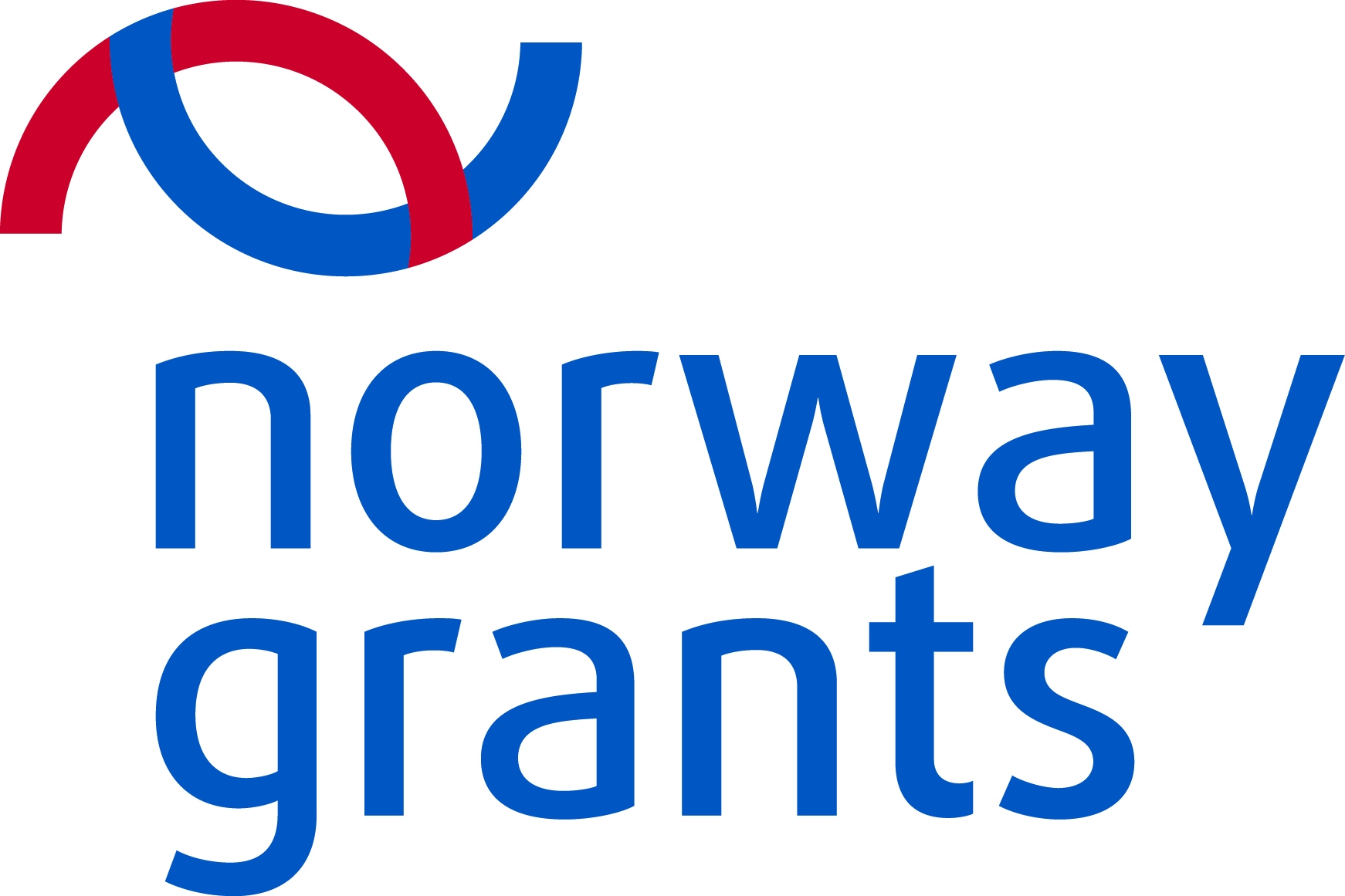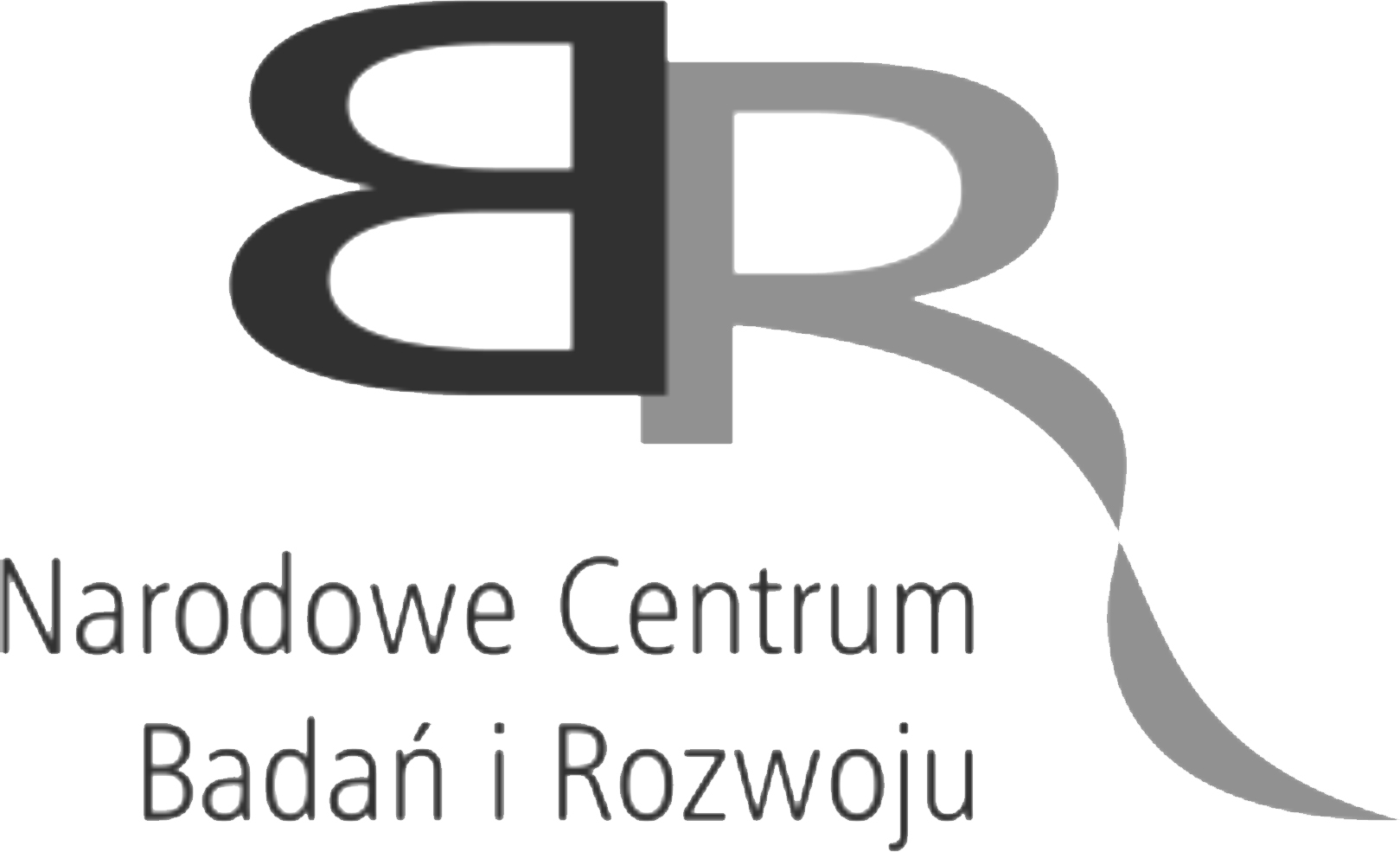The study visit of Polish researchers to Norway took place between 8th and 17th of June 2014. The aim of the visit was to observe and discuss the activities of Norwegian municipalities focused on the local adaptation to climate change. The visit was an opportunity to learn from the Norwegian experience and to compare the challenges facing Polish and Norwegian municipalities.
The following cities were visited:
- June 10 – Tromsø (the biggest city in the Northern Norway, the 7th biggest city in Norway, 65 thousands inhabitants). We met the Environmental Coordinator working in the City Hall, who delivered a presentation on city’s climate change strategy, with special focus on how the administration uses GIS to model the consequences of increased surface water and sea level rise. The city tour was focused on the development of residential buildings near the fjord coastline, on the areas endangered with the sea level rise.
- June, 11 – Bergen (the second biggest city of Norway, with the highest precipitation rate, 265 thousands inhabitants). We met the representatives of municipal administration and sewage sector company. The presentations were focused on the surface water management. Bergen’s sewage system must deal with water retention after heavy rain storms. The other large challenge for the city is the protection of World’s Heritage site of Bergen (Bryggen), which is endangered with the sea level rise.
- June, 12 – Stavanger (the third-largest city in Norway, 130 thousands inhabitants). During the meeting with the representatives of local administration we learned about the local strategies of adaptation to climate change, primarily – to the sea level rise. After the meeting we visited Bioforsk research center situated near Stavanger. Researchers working in Bioforsk delivered presentations concerning the urban greening and estimated consequences of climate change to the agriculture.
- June, 13 – Oslo (the capital and the largest city in Norway, 634 thousands inhabitants). We met the representatives of several departments of the City Hall. They presented the most important strategic documents dealing with the climate change and discussed the cross-sector cooperation on surface water management. They also presented the GIS tools useful in modelling and monitoring urban flooding and planning underground infrastructure.
A brief summary of conclusions from the study visit:
- In Norway, the main concern regarding the climate change is the sea level rise and increased precipitation causing greater risk of landslides and problems with water retention.When the above-mentioned phenomena with their catastrophic results occur in urban areas, the climate change explanation is more convincing for Norwegian politicians than the urbanization pressure. In Poland it is just the opposite.
- There is a large influence of the Norway’s national policies on local governments’ activities. One can notice lack of similar incentives from the central level in Poland – the government is more ambivalent to climate change adaptation. Norwegian national agencies prepare “priority list” which points the areas of risk; they provide funds to support municipalities (e.g. for the preparation of floodways maps).
- In Norway the dependence of the local administration on politicians is smaller than in Poland. Local administration is able to prepare and present projects and solutions concerning the environmental policy independently. At the implementation level, the administration is trying to convince politicians to their ideas, although final decisions are still made by them. Local administration in Norway is more focused on creating new ideas and proposing solutions than on fulfilling formal bureaucratic requirements. The administration prepares plans, documents and strategies that are afterwards being used and worked on. Information delivered by administration in Norway is generally respected.
- Cities of Oslo, Bergen, Stavanger and Tromsø take part in the project “Cities of the Future”. Members of this project perceive urban zones as places for mitigation of the climate changes effects. The aim of the common initiative of 13 Norwegian cities is to find best practices and solutions in conditions of climate change. Project is a good example of inter-sectoral and inter-administrative level cooperation.
- The networks of cooperation (among cities, between public and non-public actors) are more institutionalized in Norway.One can observe more network management in Norway, in comparison to more formalistic, hierarchical administrative culture in Poland (e.g. the interview with the Polish employee of the Bergen City Hall with an earlier experience of working in Polish local government administration).
- There is downscaled information about the main future outcomes of climate change in Norway, whereas in Poland such data is still missing. GIS is often used in Norway for preparing models and maps indicating areas endangered with flood or landslides.

